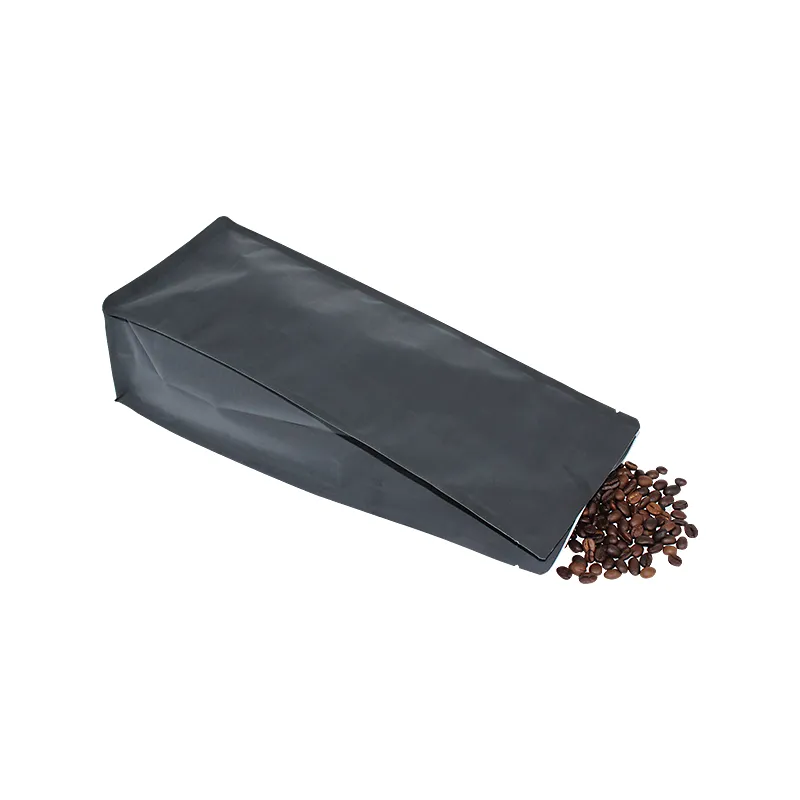- Afrikaans
- Albanian
- Amharic
- Arabic
- Armenian
- Azerbaijani
- Basque
- Belarusian
- Bengali
- Bosnian
- Bulgarian
- Catalan
- Cebuano
- chinese_simplified
- chinese_traditional
- Corsican
- Croatian
- Czech
- Danish
- Dutch
- English
- Esperanto
- Estonian
- Finnish
- French
- Frisian
- Galician
- Georgian
- German
- Greek
- Gujarati
- haitian_creole
- hausa
- hawaiian
- Hebrew
- Hindi
- Miao
- Hungarian
- Icelandic
- igbo
- Indonesian
- irish
- Italian
- Japanese
- Javanese
- Kannada
- kazakh
- Khmer
- Rwandese
- Korean
- Kurdish
- Kyrgyz
- Lao
- Latin
- Latvian
- Lithuanian
- Luxembourgish
- Macedonian
- Malgashi
- Malay
- Malayalam
- Maltese
- Maori
- Marathi
- Mongolian
- Myanmar
- Nepali
- Norwegian
- Norwegian
- Occitan
- Pashto
- Persian
- Polish
- Portuguese
- Punjabi
- Romanian
- Russian
- Samoan
- scottish-gaelic
- Serbian
- Sesotho
- Shona
- Sindhi
- Sinhala
- Slovak
- Slovenian
- Somali
- Spanish
- Sundanese
- Swahili
- Swedish
- Tagalog
- Tajik
- Tamil
- Tatar
- Telugu
- Thai
- Turkish
- Turkmen
- Ukrainian
- Urdu
- Uighur
- Uzbek
- Vietnamese
- Welsh
- Bantu
- Yiddish
- Yoruba
- Zulu
world tea
The World of Tea A Journey Through Cultures and Flavors
Tea, a simple brew made from the leaves of the Camellia sinensis plant, is one of the most beloved beverages worldwide. Its history is rich and complex, weaving through cultures and societies, helping to shape the traditions and rituals of countless communities. From the bustling tea houses of Asia to the elegant afternoon tea of Britain, the world of tea is an intricate tapestry of flavors, ceremonies, and connections.
A Brief History of Tea
The story of tea dates back thousands of years to ancient China, where it was discovered accidentally by Emperor Shen Nong around 2737 BC. According to legend, some leaves from a wild tea tree blew into his pot of boiling water, creating the first cup of tea. Initially used for medicinal purposes, tea soon became popular among the Chinese elite and spread throughout Asia. The famous Silk Road not only facilitated the trade of silk and spices but also allowed tea to travel to new regions, influencing local cultures along the way.
By the 17th century, tea had made its way to Europe, where it quickly became a fashionable drink among the aristocracy. In Britain, the tradition of afternoon tea was popularized by Anna Russell, the Duchess of Bedford, in the early 1840s. This ritual involved serving tea with an array of snacks, transforming the meal into a social event that continues to thrive today.
Types of Tea
Tea can be broadly categorized into six distinct types green, black, oolong, white, yellow, and pu-erh. Each type is processed differently, resulting in varied flavors, colors, and aromas.
- Green Tea Known for its fresh and grassy flavors, green tea is made from unoxidized leaves. It is popular in many Asian countries and is renowned for its health benefits, including antioxidants that boost metabolism.
- Black Tea Fully oxidized, black tea boasts a robust flavor and is the most consumed type of tea worldwide. Varieties like English Breakfast and Earl Grey are staples in many households, particularly in the West.
- Oolong Tea With a production process between green and black tea, oolong offers a unique flavor profile that can vary from floral to toasty. It is a staple in Chinese culture, often served in traditional tea ceremonies.
world tea

- White Tea The least processed of all types, white tea is made from young tea buds and leaves. It has a delicate flavor and is often considered the most refined.
- Yellow Tea Similar to green tea, yellow tea undergoes a longer oxidation process, making it richer and smoother. It is less common and often more expensive due to its labor-intensive production.
- Pu-erh Tea A fermented tea, pu-erh is aged for years, developing deep, earthy flavors. It is sought after by tea connoisseurs for its unique taste and potential health benefits.
The Cultural Significance of Tea
Tea is more than just a beverage; it is a cultural icon. In Japan, the tea ceremony (Chanoyu) is a meditative practice that emphasizes harmony, respect, purity, and tranquility. The meticulously choreographed movements involved in serving and drinking matcha tea reflect a deep appreciation for aesthetics and mindfulness.
In contrast, the British afternoon tea tradition encourages social interaction and relaxation. Gathering over a pot of tea and an array of finger sandwiches, scones, and pastries fosters a sense of community and indulgence.
In many cultures, tea also plays a role in hospitality. In Morocco, for example, serving mint tea to guests is a sign of warmth and generosity. The elaborate ritual of pouring the tea from a height creates a frothy top, symbolizing hospitality and respect.
Conclusion
The world of tea is vast and diverse, offering a rich experience that transcends mere refreshment. Whether enjoyed in solitude or as part of a social gathering, tea connects people across cultures and generations. As we continue to explore this ancient beverage, we discover not only its varied flavors and forms but also the stories, traditions, and connections that it fosters around the globe. So, the next time you sip a cup of your favorite brew, take a moment to appreciate the journey of tea through time and space, and ponder the many cultures that have shaped its identity.













